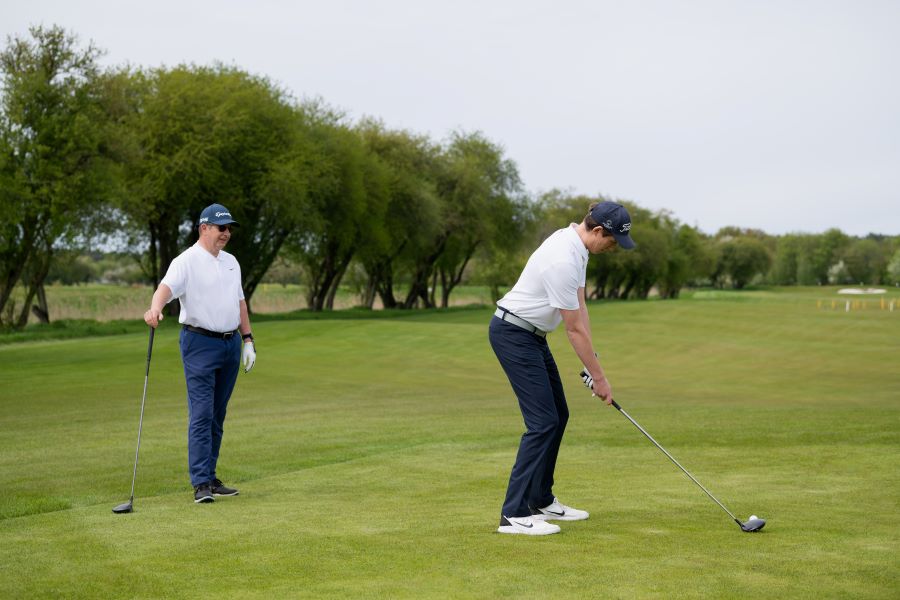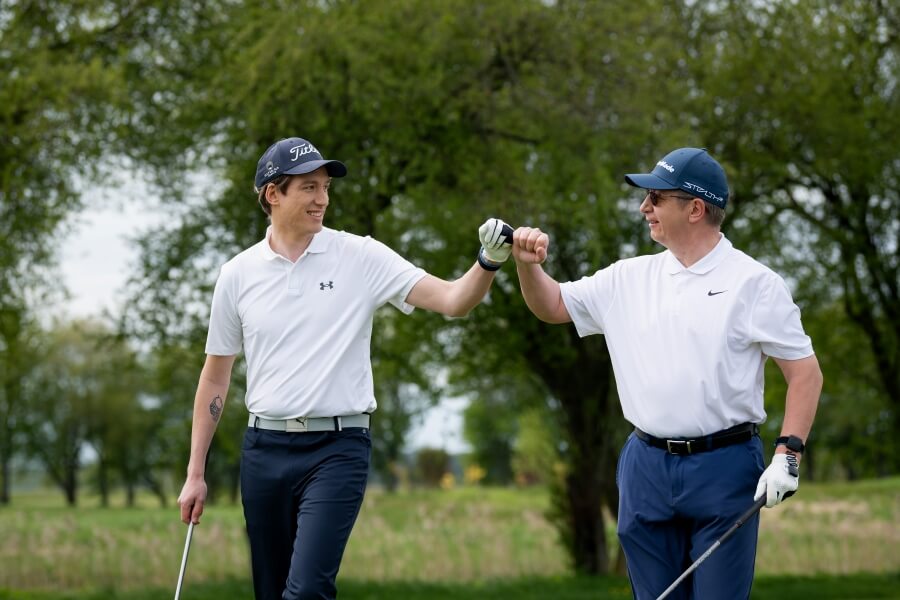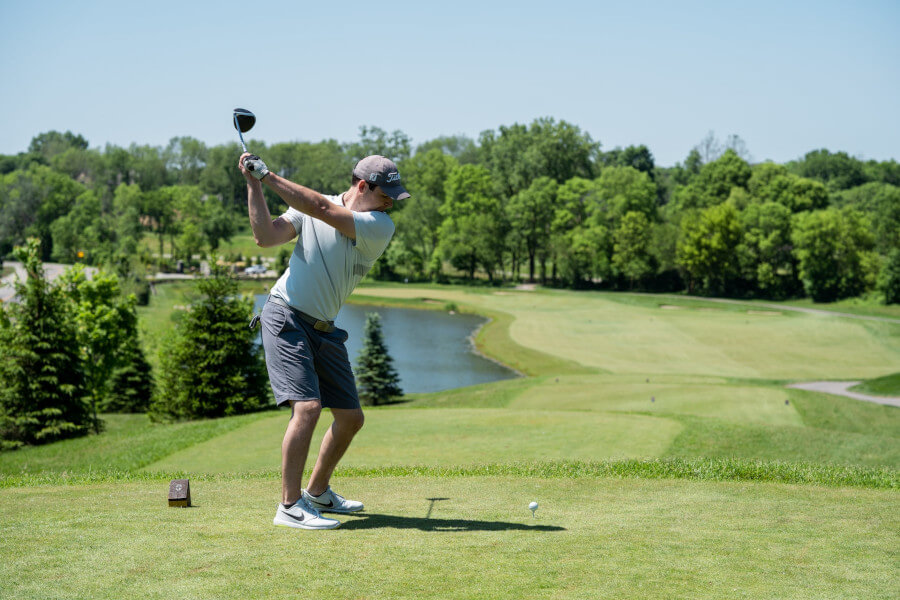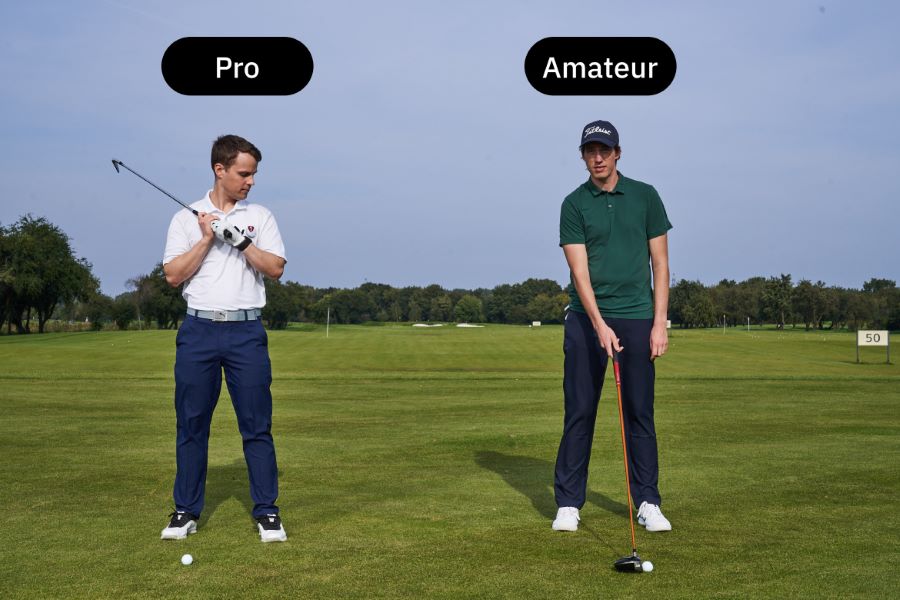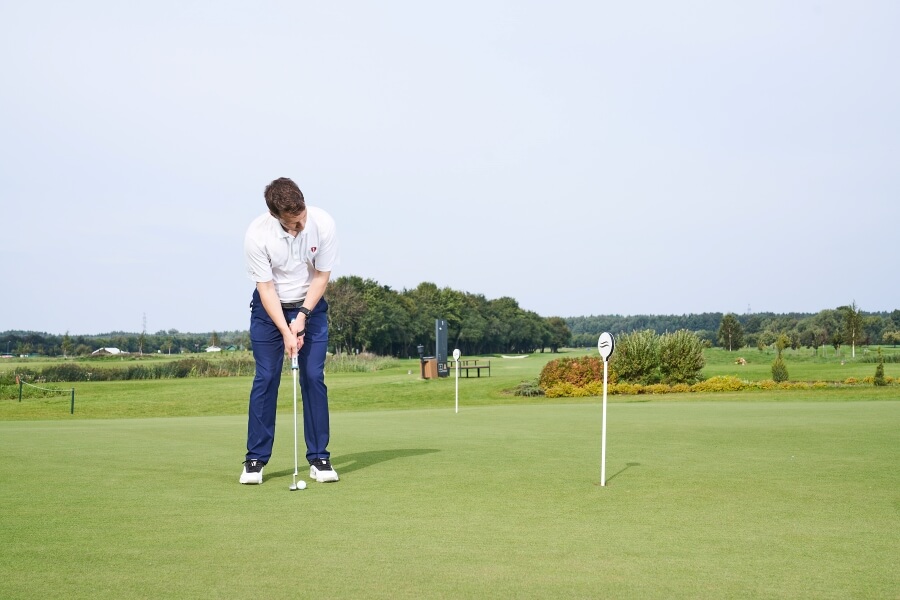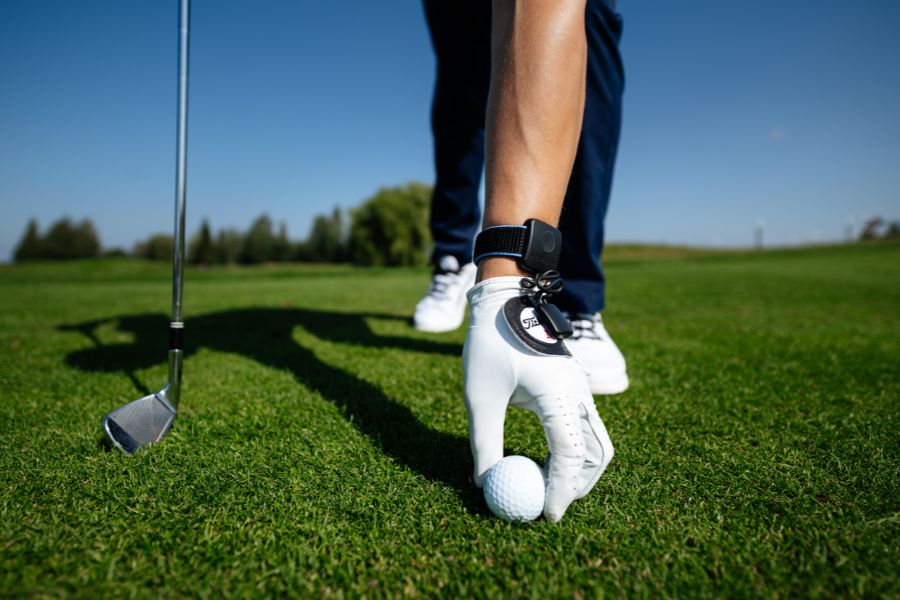How to Analyze Your Golf Swing: A Complete Guide to Self Swing Analysis
When your golf game starts to go downhill, do you know what to do to adjust?
For most golfers, the answer is no.
However, analyzing your own golf swing is possible with the use of technology and a general understanding of the game of golf.
I’ll show you some of the best techniques for analyzing your own golf swing and learning to become a better player.
How to Analyze Your Own Golf Swing (Key Takeaways)
Golf swing analysis requires the right equipment, technology, and a general understanding of how to hit the ball straight.
- Start with setup, alignment, grip, stance, and posture, and ensure that none of these things are setting you up for a problem with your golf shot.
- The ability to use slow motion to analyze a golf swing is incredibly helpful; taking advantage of swing analysis apps and programs also helps you compare your swing side by side to that of a professional.
- Pay attention to one or two things at a time. For example – what is your head movement, is your weight transferring, is your wrist in the right position?
- Break the swing down into sections like grip, takeaway, backswing, downswing, and impact.
- Wearing the HackMotion is like having a golf coach with you while you practice, you can stay on track, practice drills and get all the feedback you need to start striking the ball well.
Contents
How to Record Your Own Golf Swing
Recording your own golf swing is a way to look at the issues you may have and determine where your time is best spent fixing them.
As golfers, we can’t see what we are doing when we hit golf shots, so this visual of a golf swing video is incredibly helpful.
Here are the key things to keep in mind for recording:
- Set up your camera at a consistent height.
- Align your camera with where the grip meets the club shaft.
- Use the same camera placement every time.
- Utilize drawing tools in golf training apps.
- Record under similar conditions for each session.
Use these tips and others in this video from Michael Breed to make sure you set your camera up correctly to record your swing.
What Data is Worth Collecting?
Before you can start analyzing your own golf swing, you have to collect some data, and it should be the right kind of data.
Here are some things to consider.
- Golf stat tracking apps – start using strokes gained or stat tracking apps to find the weaknesses in your game.
- Get videos down the line and face on so you have different angles to compare.
- Use HackMotion to record wrist angles and position (which directly impact the position of the clubface).
How to Analyze Your Own Golf Swing?
Now that you have access to the data you have collected via video, on course stats and the HackMotion, it’s time to break down exactly what to look for.
There are a lot of individual and unique issues that you may run across when analyzing a golf swing.
I’ll give you the most glaring ones to look for so you can see where your best starting point is.
Posture
When posture is incorrect, you lose distance and the ability to strike the ball with a square clubface.
Here are the most important things to look for when analyzing your golf posture.
- Check the spine angle to make sure you are not bending too far forward.
- Are the shoulders slouched, or are they pushed back and stable?
- Knees can be bent, but it is a slight knee bend, looking more like you are about to sit in a higher stool.
- Arms should be allowed to hang down naturally with little obstruction from the body; don’t let the arms reach too far away.
- The chin should be up with the head in line with the spine.
Stance
The stance in golf is something you can analyze with video, but you also have to use alignment sticks and your own feel to make sure it’s perfect.
One of the biggest issues that golfers make with the stance is the ball’s position.
- Feet should be shoulder-width apart for most shots.
- Ball is positioned in the middle of your stance for most shots.
- Weight distribution 60/40 on the trail side for longer clubs like drivers and 3-woods.
- Weight distribution 60/40 on the lead side for shorter irons and wedges.
- Lower trail shoulder for drivers to achieve an upward angle of attack.
- More square shoulders and a downward angle of attack with irons to hit the ball than the ground.
Grip
I’ve analyzed grips by looking at pictures and videos, but you can also check your grip and the consistency of the position by using the HackMotion.
- Use a neutral grip with hands centered on the club.
- Place the lead hand mostly in the fingers, showing only two knuckles.
- Interlock or overlap the trail hand with the lead hand without overextending.
- Maintain minimal grip pressure to control the club without restricting motion.
Also, consider the strength of your golf grip. A grip that is too strong for some may be just strong enough for another.
This video from Rob Cheney talks about the importance of a neutral grip but also why a little strength in the grip may be best for some golfers.
Takeaway
The first part of the golf swing, called the takeaway, can make or break the rest of your golf swing. When taking the club back, check for these things:
- Keep the club lower to the ground.
- Ensure that you get enough extension and width in the backswing.
- Don’t let the wrists get too active; use your shoulders, hips, and legs to make a solid turn.
- Start the takeaway a little slower.
Incorporate some of your golf takeaway practice into your pre shot routine. There are plenty of great golf swing takeaway drills you can use to help you get the club started correctly.
Top of Backswing
At the top of the backswing, you will want to analyze the total distance you have taken the club back (i.e., is it past parallel) as well as the wrist angles.
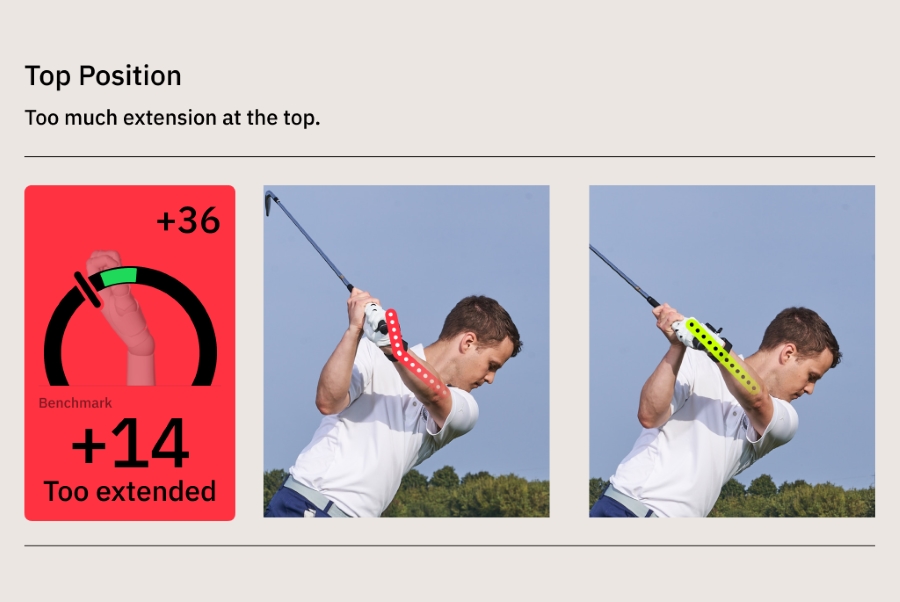
Your video will show you how far back you took the club; nothing past parallel is really necessary.
Your lead wrist should be flat at the top. Check your HackMotion data to ensure that you did not increase the amount of extension in the lead wrist from the setup to the top of the backswing.
Downswing
With the downswing, use a tool like an alignment stick to check the plane of your swing. In addition, you want to ensure that your lower body is turning and rotating and that you are not just swinging the arms.
The HackMotion data can tell you whether or not you are decreasing the amount of extension in your lead wrist on the way down.
By the time you get to impact, there needs to be no extension and maybe even a little flexion in the wrist to get the most out of your golf shot.
On the downswing, look for proper weight transfer moving from the trail side to the lead side in your swing. One of the most glaring issues players can see for the downswing is hanging back and not rotating the lower body through the ball.
Impact
The best possible way to analyze impact position is to look at the impact position of a professional golfer.
There are some key takeaways here that will change slightly from a driver to an iron, but you can learn a lot.
- Keep the lead wrist flexed, not cupped at impact.
- Maintain head position behind the ball for more power.
- Transfer most weight to the lead side.
- Keep the left arm extended and powerful.
- Maintain consistent spine angle.
- Ensure balance and stability for maximum power.
Follow Through
A proper follow through is a result of a great golf swing. It’s hard to have a poor swing and finish it with a great follow through.
The biggest mistake you will come across when analyzing your golf swing follow-through is slowing down or even stopping at the golf ball.
You want to ensure that your club is continually moving through the impact position, your body continues to rotate, and you finish with a balanced and fully completed follow through.
If you notice issues with hanging back or losing balance, check your HackMotion data. The results could be from having to do too much work at impact to square of the face of your golf shot.
Additional Tips and Advice
Although I’ve addressed every area of the golf swing and given you some of the most critical issues to look out for, there are lots of smaller issues that you can run into.
Here are some tips for combatting those and taking your golf swing analysis to the next level.
- If you have access to a launch monitor or a golf simulator, use these to record more data and get additional insight into how you are striking the ball and how it could improve.
- Start at the setup and work your way from there if you are trying to do a complete analysis. So many issues happen with setup, grip, and posture, and you may waste time if you don’t zero in on these from the start.
- When you see an issue in the golf swing, don’t immediately try to work on it; work backward first to see what could be causing it. The HackMotion makes this easier by analyzing data at setup, at the top of the backswing, and at impact. It’s like having your coach with you on the driving range.
- Track your golf stats when you play, and keep some video recordings of your swing. Having this information to tap into to develop practice routines and set further goals will make your analysis that much more effective.
Final Thoughts
At this point, you should feel like you have the basics of what it takes to analyze your own golf swing and become a better golfer without the help of a professional.
I can tell you that the combination of video and the data from HackMotion is enough to keep you busy for quite some time.
Don’t forget to create a driving range practice plan using our personalized quiz. You’ll be able to tweak this for your goals and make progress much faster.
The HackMotion is like having a golf teaching professional with you at all times, making it considerably easier to stay on track regardless of your handicap level.





